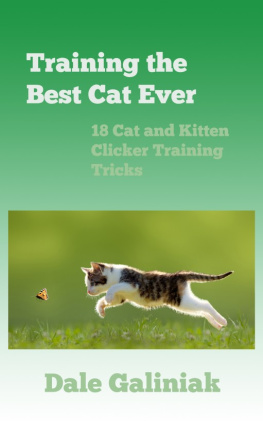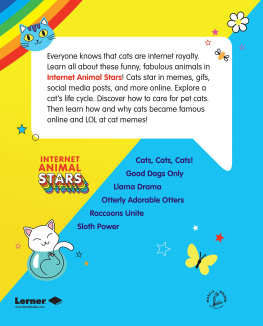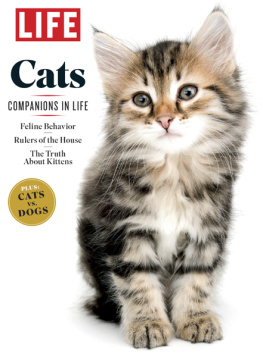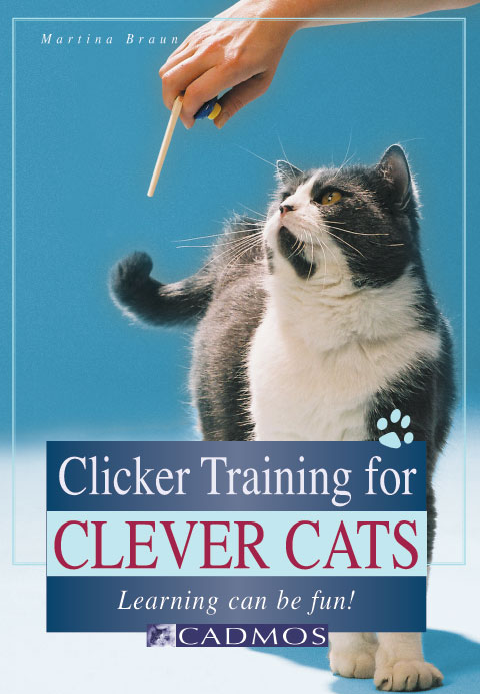
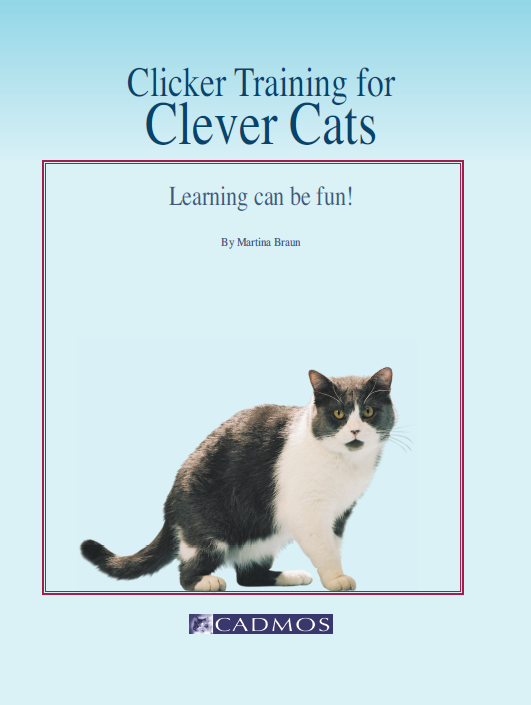
Copyright 2005/2007 by Cadmos Verlag GmbH, Brunsbek, Germany
Copyright of this edition 2009 by Cadmos Books, Great Britain
Design and Layout: Ravenstein + Partner, Verden
Translation: Andrea Hfling
Editorial of this edition: Christopher Long, Dr. Sarah Binns
Photos: Urs Preisig
All rights reserved: No part of this book may be reprinted or reproduced or utilized in any form or by any electronic, mechanical, or other means, now known or hereafter invented, including photocopying and recording, or in any information storage or retrieval system, without permission in writing from the publisher.
British Library Cataloguing in Publication Data
A catalogue record of this book is available from the British Library.
ISBN: 978-0-85788-632-3
www.cadmos.co.uk
Datenkonvertierung eBook:
Kreutzfeldt digital, Hamburg
www.kreutzfeldt.de
Satzweiss.com Print Web Software GmbH, Saarbrcken
www.satzweiss.com
Introduction
How does the cat get to know the clicker?
Timing
Classical conditioning
The clicker works for all cats
Does it have to be a clicker?
The first steps: of firming and naming
spontaneous behaviour
Sit!
Roll!
Lie down!
Changing locations
Operant conditioning
The shaping of behaviour
Stay!
Speedy execution
Grooming and other inconveniences
Avoiding mistakes creeping in
Come home!
The handshake and household chores
Playing rough and without claws
Developing chains of behaviour
Fetch!
Developing of behaviour sequences
The rewards
Targeting
Going for walks together
Problems with fear
Fear of strangers
Fear of objects
Fear of being touched
Cancelling
Moving away from the reward, in order to get a reward
Aggressive behaviour towards humans,
dogs and other cats
Scratching the furniture
Special questions
Clicker training involving several cats
Clicker training without a clicker
Problems with the litter tray
At a glance: What is being trained and how?
Further reading
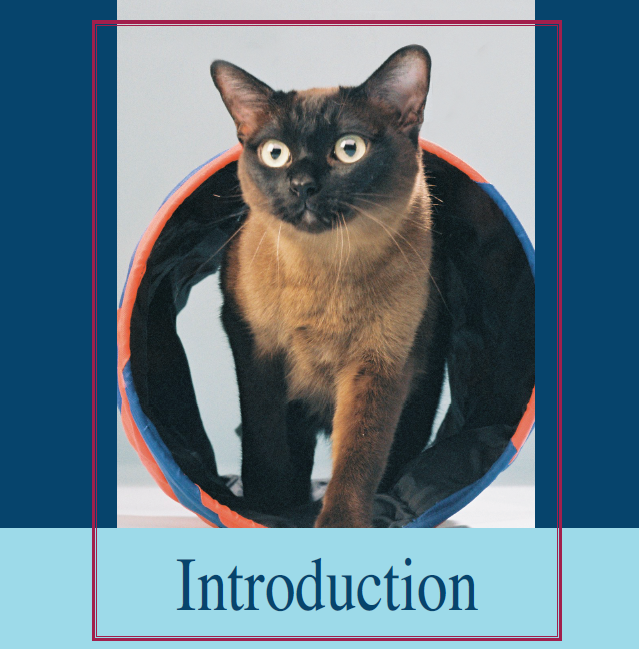
The fact of having picked up this book suggests that you are an open-minded person who is willing to experiment. Regardless of all the scepticism regarding the training of cats, you have let yourself in for the adventure of getting to know what working with a clicker is like, and entering a closer relationship with your cat at the same time. I can assure you of this: you will not regret it. The clicker is more than a learning aid; it is a tool which enables us humans to enter into a multi-layered, completely new kind of communication with our cats. Maybe you will employ the clicker in order to teach your cat things that you find desirable for your life together, or perhaps you want your cat to unlearn some unpleasant habits, or just want to use the clicker for fun and entertainment: the possibilities are endless!
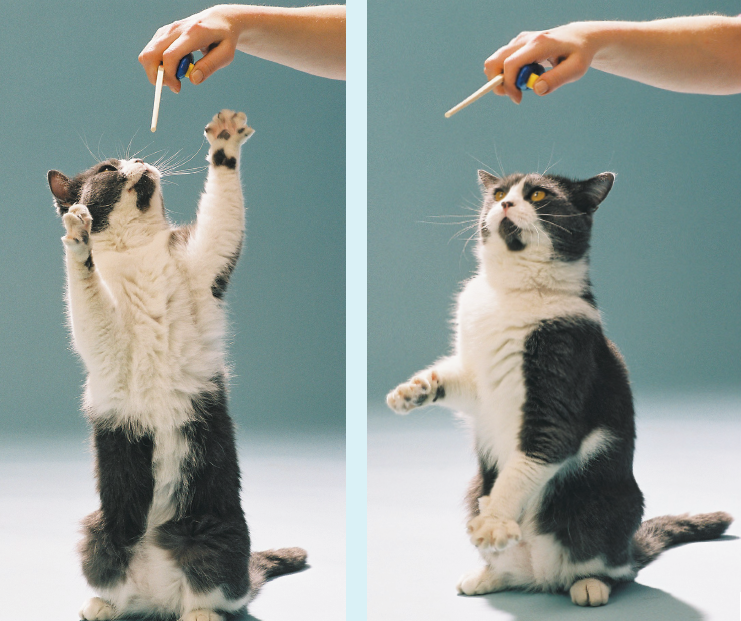
Left: Pretending to be a dangerous tiger Mowgli does this to perfection by following the target stick with his paws.
Right: Getting there is not that difficult at all! With the aid of the target stick, even the slightest indication of spontaneous behaviour is affirmed.
Im very pleased to be able to guide you across the tip of an iceberg, to be able to show you its hills and hollows, nooks and crannies. It is up to you how deep you want to delve to discover what else is slumbering under the surface. There need be no limits to your imagination. I promise not to bore you with theory for too long, but please allow me just one remark regarding the term upbringing. To me, upbringing implies hard work: it requires effort to bring someone up. Sometimes more, sometimes less. It is exactly for this reason that, in my view, the word is not appropriate. You will find that with a clicker, no effort is required to teach your cat sit or go into the cat basket. The animal acts on his own accord. All you need is patience in order to allow the cat to try out for himself what is desired and what isnt, a keen eye for the cats reactions and the behaviour he is offering to you, and the understanding that there are a few differences between the training of cats and the training of dogs.
Dealing with a dog you can say: Right Bonzo, I have a bit of time to spare, lets do some clicker exercises. With a cat, the cat will say: Well, my dear tin-opener, I think I can spare you a little time now. You may get the clicker out for me.
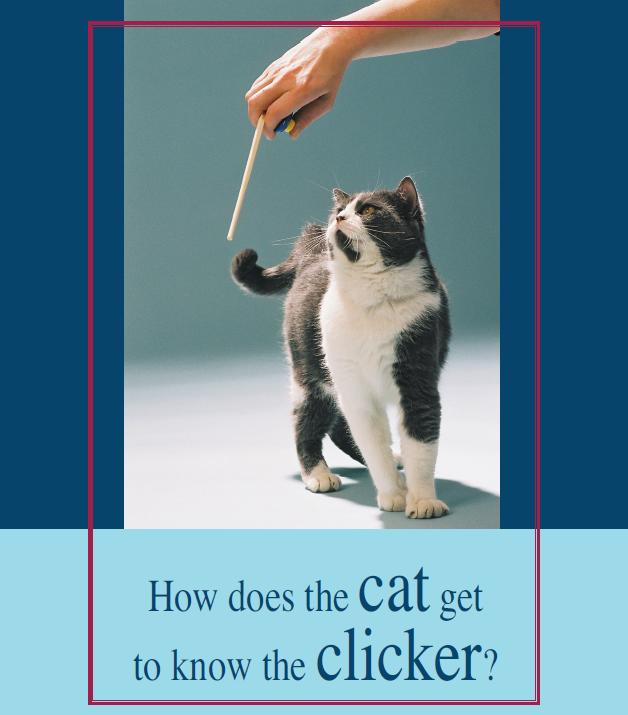
There is a learning method that no mammal not even humans! can ignore: classical conditioning. It is the basis for clicker training, and the way it works is in fact incredibly simple. Take the following example: imagine you have been out on a very hot day. You are sweating, completely over-heated and you have an incredible thirst. Just as you walk through the front door you hear someone in the kitchen opening a bottle of pop with a refreshing fizz! I can vividly picture your eager anticipation of a large, thirst-quenching gulp as you rush into the kitchen. Why? Because you know the noise that a bottle of pop makes when its being opened, and in your mind this is conditioned with the terms: drink cool refreshing thirst-quenching. Had you never heard this fizzing sound before, it would have no meaning for you. Or in other words, the fizzing noise of the bottle of pop would be a neutral stimulus for you.
With this process in mind, we are ready to begin classically conditioning our cat to use the expert expression. If you make a click in front of your cat at home, using a clicker from the pet shop, this will be a neutral sound for the cat without any relevance or meaning. In order for the click (the neutral stimulus) to assume a meaning for the cat, and to become the subject of positive associations for him, we have only to observe one small basic rule: timing!
Timing
The cat gets a treat immediately after the click. The immediately after is the most important part of the whole affair. The treat must not be given at exactly the same time as the clicking sound, because then no association would take place. The cat will only concentrate on the treat, and the clicking sound will make no impact. If, on the other hand, the period of time elapsing between the clicking sound and the giving of the treat is too long, you will also fail to achieve a conditioning effect, because the animal cannot make a connection between the click and the treat.
Ideally, there should be a time span of between one fifth of a second and half a second maximum between the click and the treat.
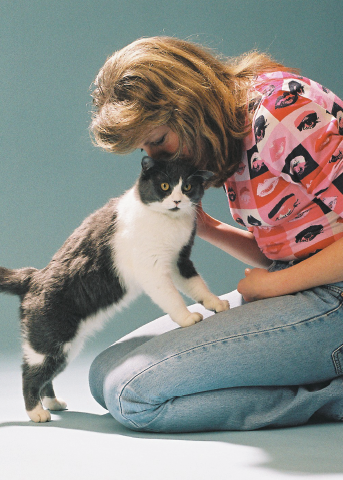
The reward for good work can consist of a cuddle or a loving nose-butt as well.
Next page

